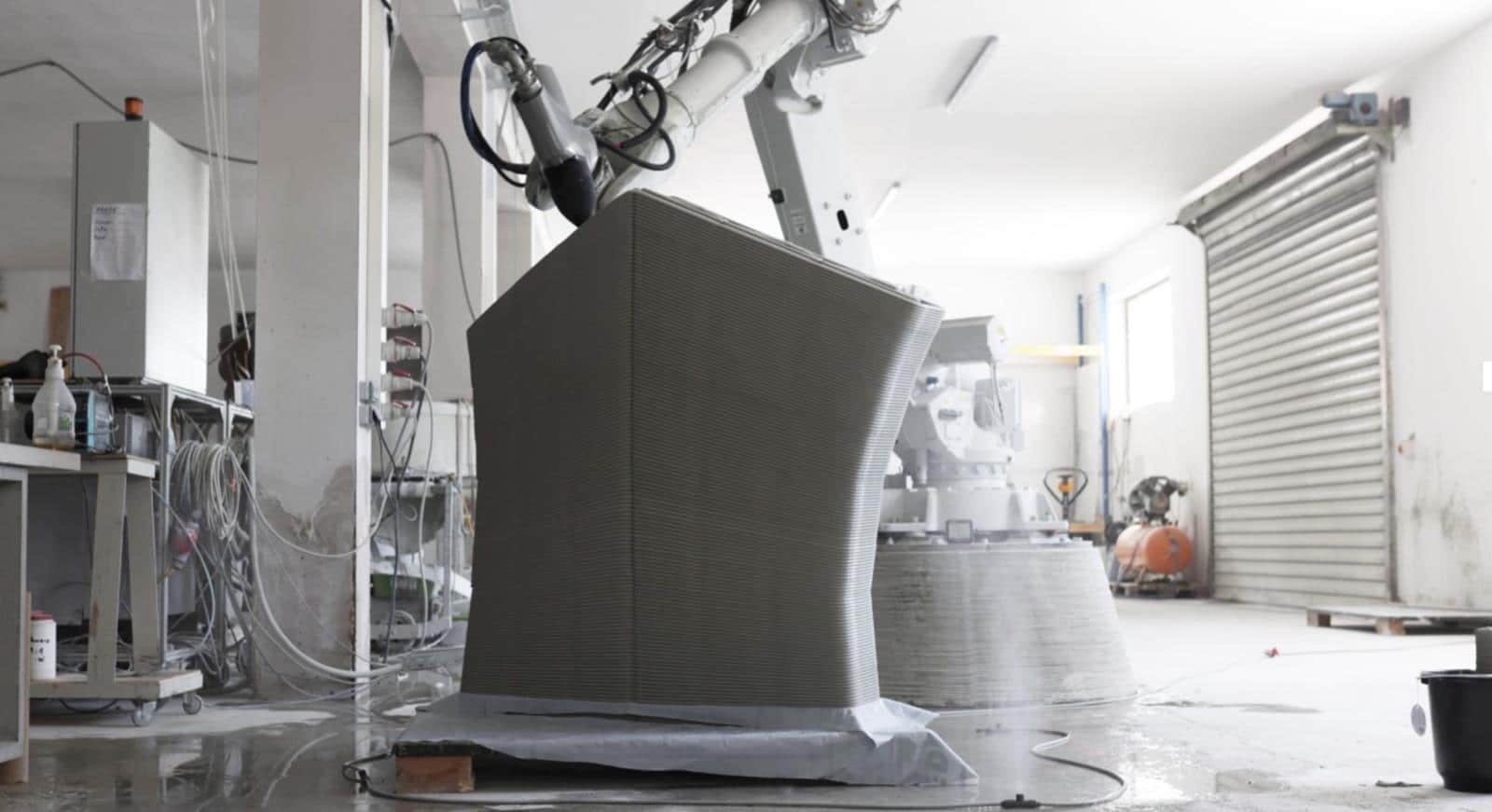Concrete was, is and will probably be the best and most frequently used building material in the world for a long time to come. It is not surprising that the work on it is still ongoing, and so a team from Rice University in Texas, with the support of scientists from the Kuwait Institute of Scientific Research, developed a technology to detect microcracks in concrete.
Microcracks in concrete can lead to serious structural problems, so preventing them is essential
Importantly, this technique involves the detection of microcracks that can turn into larger and larger ones, even in traditional concrete, not some “enriched” concrete. This means that even concrete already poured in the past can be tested for such defects thanks to this invention. All you need is a coat of ordinary paint and a light source.
Also read: Face ID will even work with a mask. IOS 15.4 will allow it
Advertising
Scientists discovered this while studying the use of carbon nanotubes to optically detect deformation in concrete structures. While imaging it, scientists were surprised to discover that something in it was fluorescing. After further research, it turned out that microscopic silicon crystals in the commonly used Portland cement were responsible for this.

These crystals likely form in cement during the high temperature manufacturing process and fluoresce in the near infrared when exposed to visible light. In the tests, black paint was used, which was covered with small concrete blocks, and then holes were drilled in them, which served as crack propagation points. These were formed in both the concrete and the paint, so that the paint only let the light pass through where the cracks were forming.
Also read: Swiss scientists have developed the most advanced system for chasing away pigeons. They deserve a medal
The treated blocks were exposed to visible light and then scanned with a near infrared sensitive laser. Back then, even the tiniest cracks were found to fluoresce brightly against a dark background, and this could open up the potential for quick and simple processes for examining concrete structures. All you need is ink and a scanner.
















